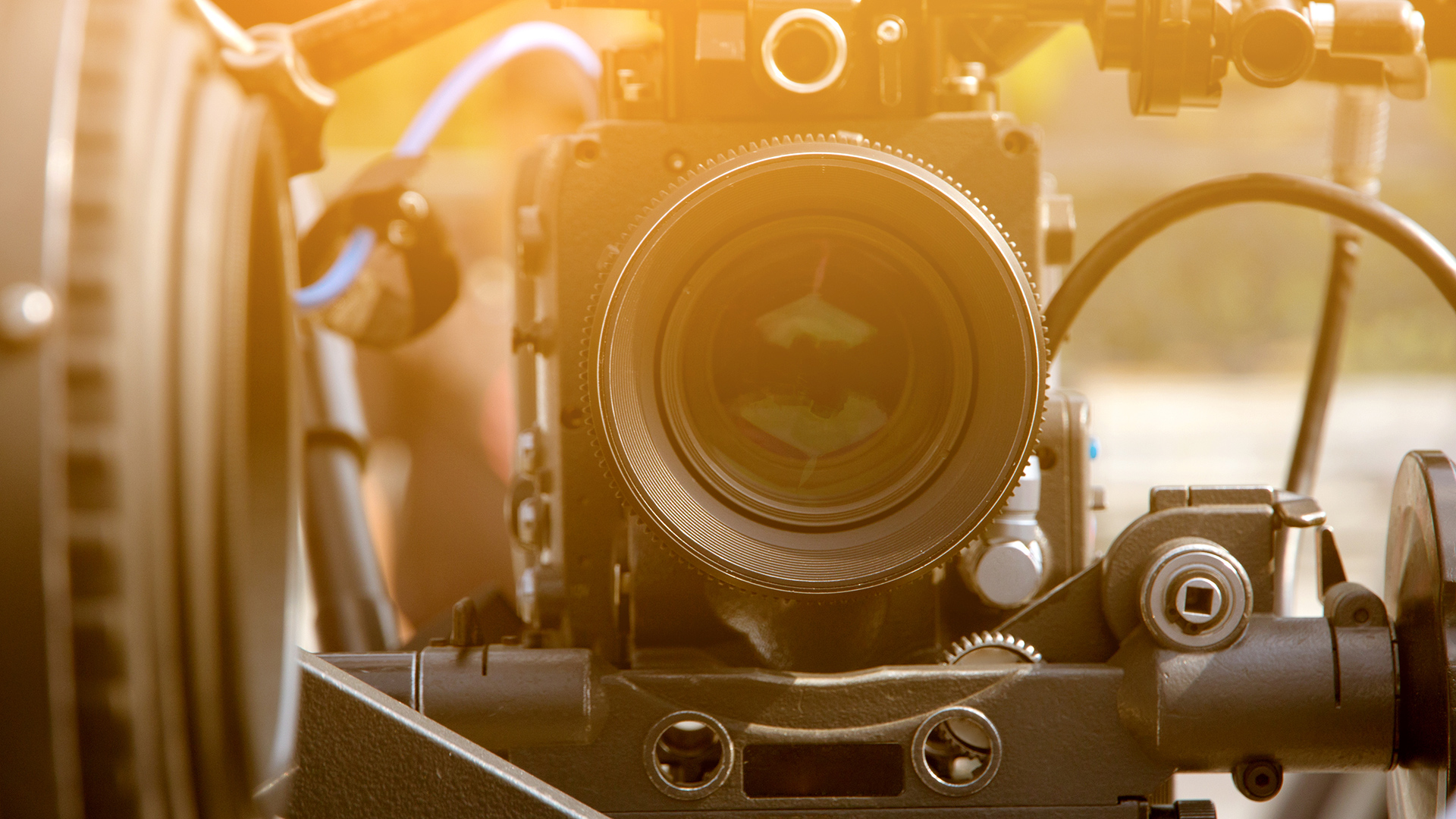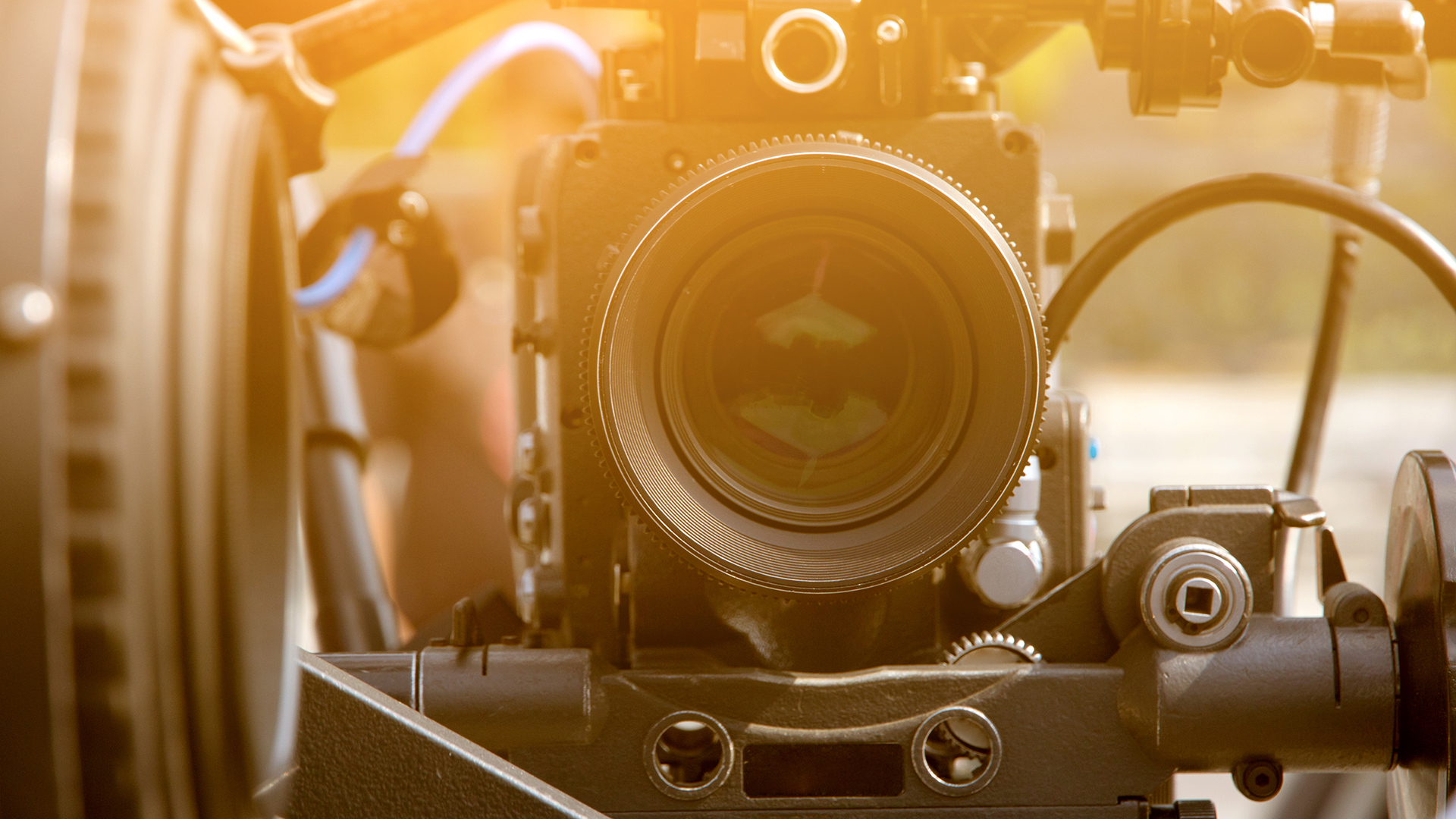

Everybody wants a smooth and efficient shoot, so here are some effective tips to ensure that your next one doesn't turn into a disaster movie.
As I got more into filmmaking, I noticed it felt like an uphill battle to complete my films in time. I was constantly fighting against lighting and schedule changes. Looking back at my crummier work and wondering what happened, I realized poor time management leads to frustration and disappointment.
Essential Preparation
In preventing a production disaster, think carefully about your pre-production. For example, during tech scouting, you learn the ins and outs of each location. That includes toilets, places to store equipment and food, safety information and safe shortcuts that make moving around the set faster. These aren’t things to be learning about on the day of filming.
Effective production management is crucial so good resource juggling and people skills are king. Look for an A.D that can explain the needs of production respectfully while aware that we don't all interpret information the same way. Even seemingly simple instructions won't register for certain types of people so you want crew that can gel with different brains and personalities. An excellent A.D goes beyond cracking the whip and that’s something to think about when making the call.
A good call sheet clearly spells out everything need to know, lessening time spent chasing up details. If you’re in charge of the call sheet, check it thoroughly before sending it out.
When it comes to the shot list, allow more time than needed. This way you're accounting for equipment faults, decreases in morale and mistakes. If the plan is to carefully light and frame each shot to look impressive, think 20-60 minutes for the first shot in each setup rather than 5-15 minutes.
People Power
Efficient filmmaking isn’t merely the director and production management’s responsibility, It’s about the cast and crew as well. I learnt the importance of finding a group with similar values and philosophy about filmmaking procedure when I saw the impact it could have. Every filmmaker has different artistic and personal values which you notice when they step onto set. If you’re bringing people on board that don’t value organisation, efficiency and strategy, what are the odds of things working in your favour?
Look for people that can work independently and problem solve within their department. You want the type of crew you can assign a task and return to find it done before you can think twice about it. That’s not to say your crew can’t challenge you with more efficient and creative ways to get things done, that’s another bonus.
Rushing Vs Cruising
To run your set productively, go in smart and steady. Rushing your tribe won’t create a better movie, it’ll open the pathway to injury and further catastrophe. One piece of filmmaking wisdom I recall was to never rush a lens change, even in time-poor situations. My advice is not to rush anybody or anything, use gentle encouragement. Instead of “we need to hurry up!” try “let’s increase our pace”.
When directing keep in mind what your working with. Particularly, the amount of time carved out for each shot. While Kubrick had his 90 takes of walking through a door, he had the financial backing that allowed it. If money’s tight, know what you want, how to get it and then use extra time for experimentation.
Cruising isn’t about being relaxed on set, it’s simply being willy-nilly about time management. It’s when cast and crew don't respond to managements attempts to keep things on track. It’s a lack of appreciation for the holistic nature of filmmaking and it’s need to integrate logistics with creativity. That’s not to demonise those more freewheeling in nature it’s just unlikely to build you the well-oiled machine you’re after.
Have clear procedure for running the set and don’t stray from it unless you improve it. Also, consider that some work faster and more efficiently than others. If you’re going to bring some less experienced filmmakers on set for work experience, expect time spent teaching the ropes - I see this as worthwhile but must be calculated against the resources available.
Safe & Super
How much difference does it make when the entire team arrive on set informed and prepared for the day ahead? Both at the macro-level of getting everyone in tune with your vision and the micro-level by enlisting crew that are organised.
It’s worth applying some gentle pressure to your crew at the beginning of the day when spirits are normally highest as well as right after lunch when the team become a little lax. The end of the day is usually the best time to ease off the breaks and be more attentive to safety as tiredness and burnout can create hazards.
As you're directing, I advise to trust your intuition and move onto the next shot when you feel you’ve got it, rather then pressing on to see if you can make it “just a bit better” that can waste time.
Wrapping Up
Black and white thinking won’t create the most efficient set. The information here needs to be cleverly applied. Perhaps there will be times where you’ll need to ease up on your crew to make them more efficient during crucial moments. Other times, there needs to be some whip-cracking action to bring everyone back to centre. If you all focus on refining procedure, suddenly you’ll see less time wasted looking for that missing box of lenses or climbing out of the over-budget, out of time predicament. If you start to care deeply about aligning attitudes and values, you’ll likely see the pace on set pick up quickly.
Header image: Shutterstock
Tags: Production


Comments